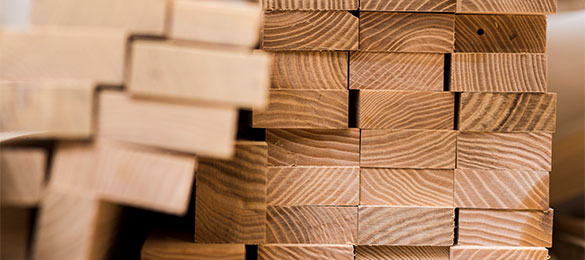
Drywall, also known as plasterboard or gypsum board, is a widely used building material in the construction industry. Understanding what drywall is made of and how it is manufactured is essential for professionals and homeowners alike. In this comprehensive blog post, we will delve into the composition, manufacturing process, and the latest advancements in drywall technology.
- The Composition of Drywall:
Drywall primarily consists of gypsum, a naturally occurring mineral, and a few other essential components. Gypsum is a soft sulfate mineral composed of calcium sulfate dihydrate (CaSO4·2H2O). It is obtained through mining and then processed into a fine powder, which forms the core of drywall. The core is sandwiched between two layers of paper, providing strength and durability to the final product. - Manufacturing Process:
The manufacturing process of drywall involves several steps, ensuring the production of a high-quality and consistent product:
a. Mining and Grinding: Gypsum is extracted from mines and then crushed into a fine powder. This powder undergoes further grinding to achieve the desired particle size.
b. Mixing and Forming the Core: The powdered gypsum is mixed with additives such as starch, foaming agents, and accelerators to enhance its properties. This mixture is then formed into a continuous sheet by pouring it onto a moving conveyor belt.
c. Applying the Paper Layers: As the gypsum core moves along the conveyor belt, a layer of paper is applied to the top and bottom surfaces. These papers act as a protective covering and provide additional strength to the drywall.
d. Drying and Cutting: The formed drywall sheet is passed through a drying chamber to remove excess moisture. Once dried, it is cut into standard sizes and lengths, ready for packaging and distribution.
- Advancements in Drywall Technology:
The construction industry continually seeks innovative solutions to improve building materials, and drywall is no exception. Here are some recent advancements in drywall technology:
a. Moisture-Resistant Drywall: To combat moisture-related issues in areas such as bathrooms and kitchens, moisture-resistant drywall has been developed. It incorporates additives and special paper layers that provide enhanced protection against water damage.
b. Fire-Resistant Drywall: Fire-resistant drywall, also known as Type X drywall, contains glass fibers and other additives that increase its fire resistance. It is designed to slow down the spread of flames and provide additional time for evacuation during a fire emergency.
c. Soundproof Drywall: Soundproof drywall, or acoustic drywall, is engineered to reduce sound transmission between rooms. It consists of multiple layers of gypsum and viscoelastic polymers, which absorb and dampen sound vibrations.
Conclusion:
Drywall, a versatile and widely used building material, is composed of gypsum and paper layers. Its manufacturing process involves mining, grinding, mixing, forming, and drying. Recent advancements in drywall technology have led to the development of moisture-resistant, fire-resistant, and soundproof variants. By understanding the composition and manufacturing process of drywall, professionals and homeowners can make informed decisions while selecting and utilizing this essential construction material.

